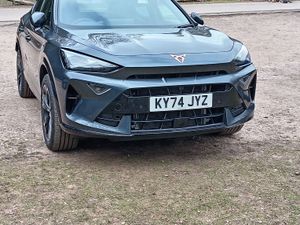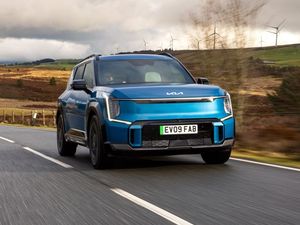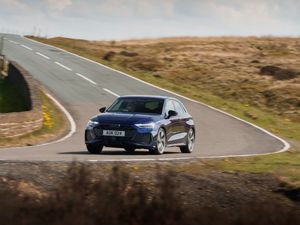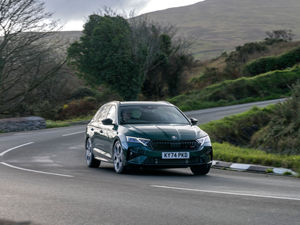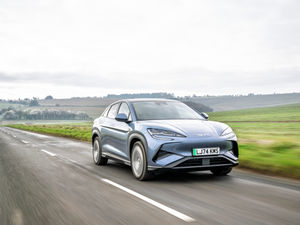First Drive: Can the revised DS7 stand out in a crowded market?
The new DS7 has a sharper exterior design and more interior technology. Jack Evans has been finding out what else has changed.

What is it?
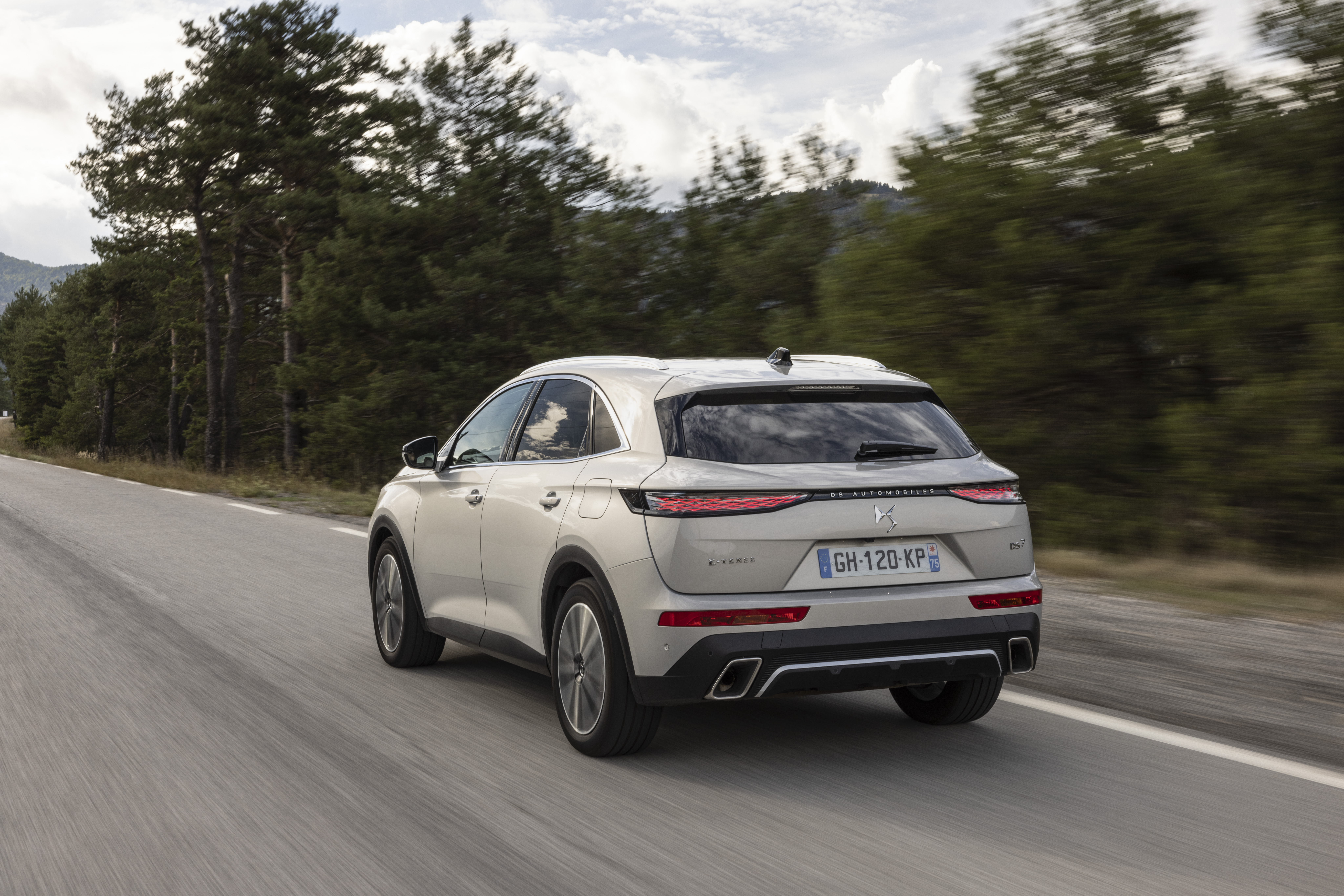
>
DS has managed to establish a decent foothold here in the UK. Far from being a Citroen spin-off, it’s now very much a brand in its own right, producing quirky-looking models that deliver on build quality and electrification, too. The DS 7 was its first bespoke model in 2017 and has received a number of updates during that time. Now, another refreshed version looks to address a few issues with its predecessor.
Though available with a diesel engine, the DS 7’s powertrain line-up is mostly made up of plug-in hybrid models. That’s just what we’re testing here today.
What’s new?
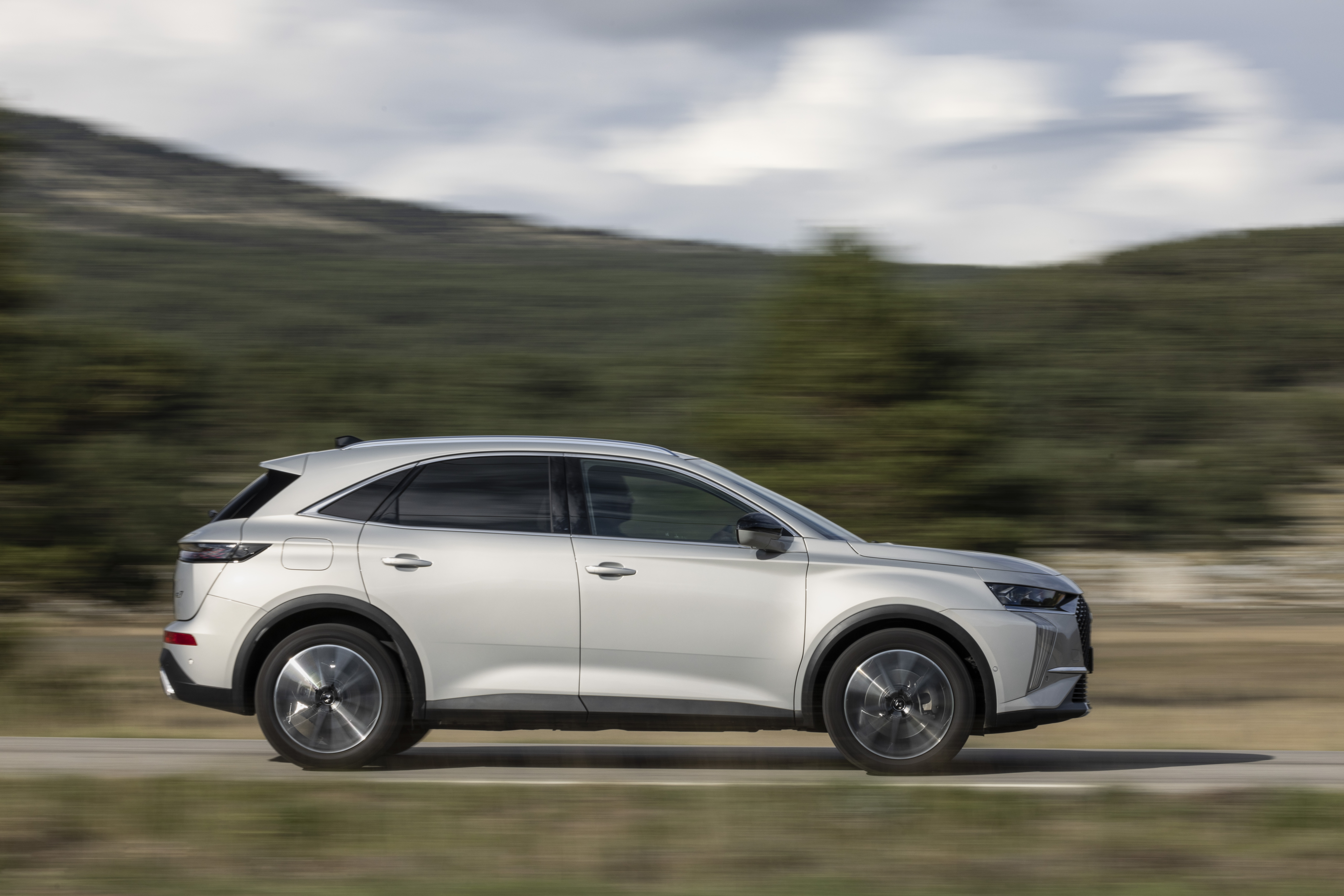
>
DS has made a number of revisions to the DS 7 in a bid to keep it as current as possible in what is a very competitive segment. After all, buyers are snapping up SUVs left, right and centre so in order to run with the pack the DS 7 really needs to have as many boxes ticked as possible.
So we’ve got a sharper, more distinguished exterior design than before while the interior has been given some new technology. A trio of plug-in hybrid setups are also core to the DS 7’s offering as the brand looks to become fully electric by 2024.
What’s under the bonnet?
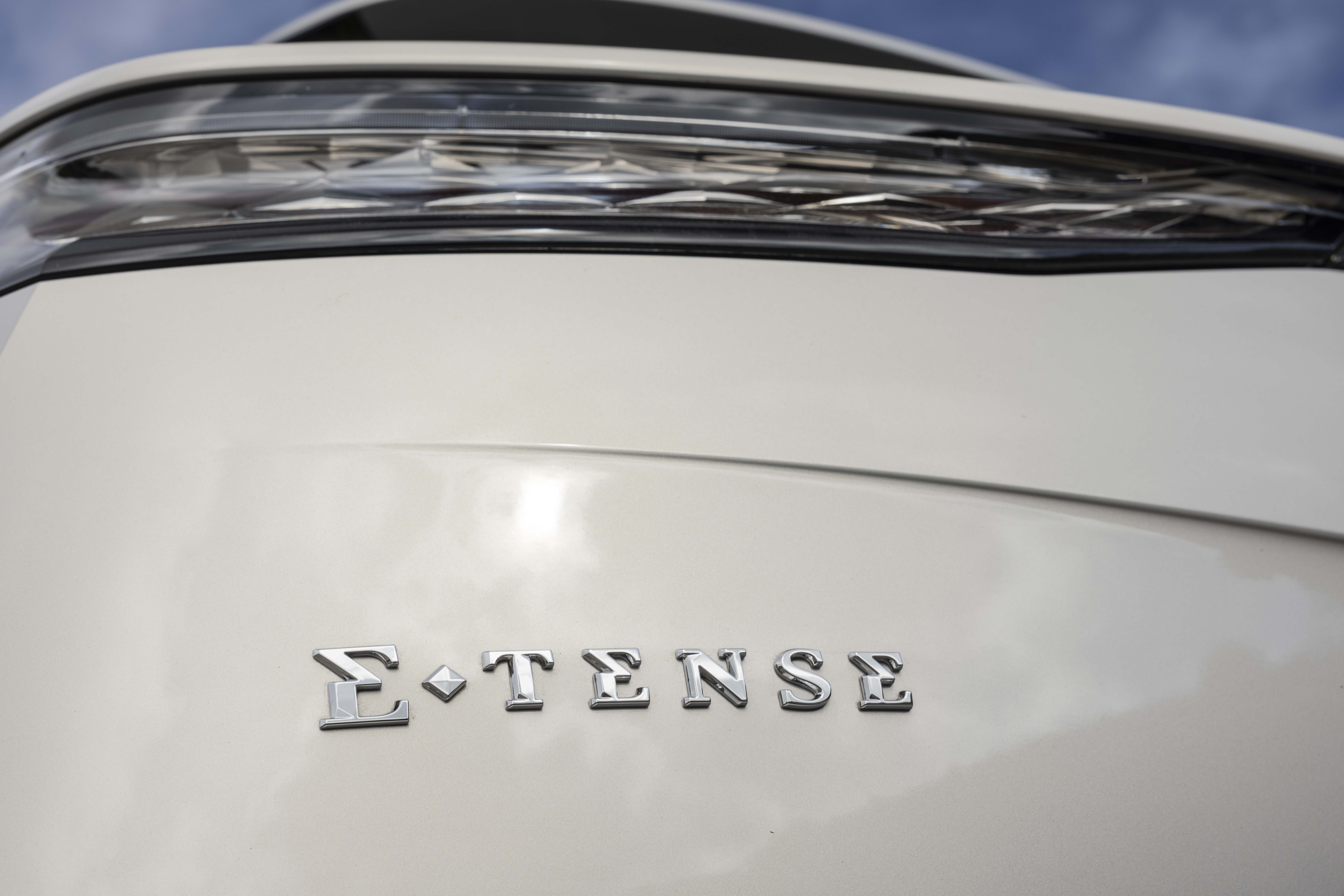
>
Though there are a number of powertrain options available with the DS 7, we’re testing out the entry-level 225 model. It combined a 1.6-litre petrol engine with an electric motor and battery, delivering 224bhp and 300Nm of torque in the process. That equates to a 0-60mph time of 8.7 seconds and a top speed of 140mph.
But efficiency is the main focus here, of course. DS claims that, with a fully topped-up battery, the DS 7 will return up to 250mpg, while a 14.2kWh battery is said to be capable of allowing it to travel for up to 43 miles on electric power alone. Hooked up to a regular 7kW home charger, the DS 7 will take one hour and 45 minutes to charge, too.
What’s it like to drive?
DS has always majored in comfort with its cars and that’s definitely apparent in the new DS 7. It’s equipped with its latest Active Scan Suspension, which uses a camera to look at the road ahead and adjust the suspension to compensate for any upcoming imperfections. Though it’s hard to tell when this system is operational, the DS 7’s ride is very good when in Comfort driving mode – particularly on the motorway. A by-product of this is quite a lean-heavy ride through the bends, but that’s a common trade-off for outright ride comfort.
It’s also quiet, too, with the 1.6-litre engine remaining relatively muted even under hard acceleration. The steering is completely lacking in feel, but it’s light and easy to use. But it’s the DS 7’s refinement that shines through here. In truth, we feel that fitting a Sport driving mode to a car like this is redundant and activating it completely spoils that otherwise comfortable ride.
How does it look?
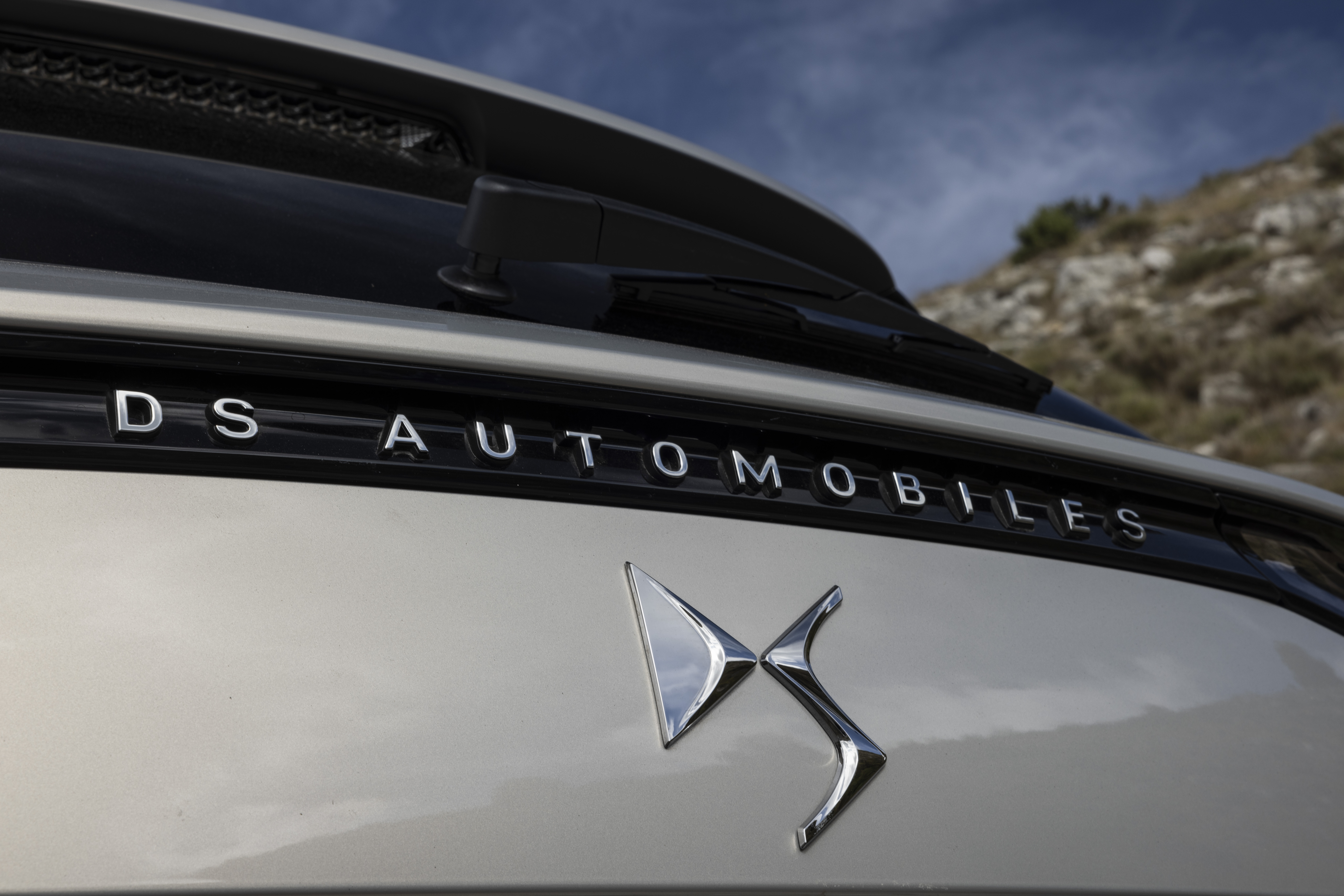
>
DS has definitely sharpened up the look of its largest SUV, tweaking its front lights with Matrix LED technology while giving the rear lights some added flourish. At the rear of the car, there’s now the DS Automobiles branding.
It’s an eye-catching design, even if it still plays quite close to the look of the original. Against its rivals, the DS 7 definitely brings one of the more appealing exterior aesthetics.
What’s it like inside?
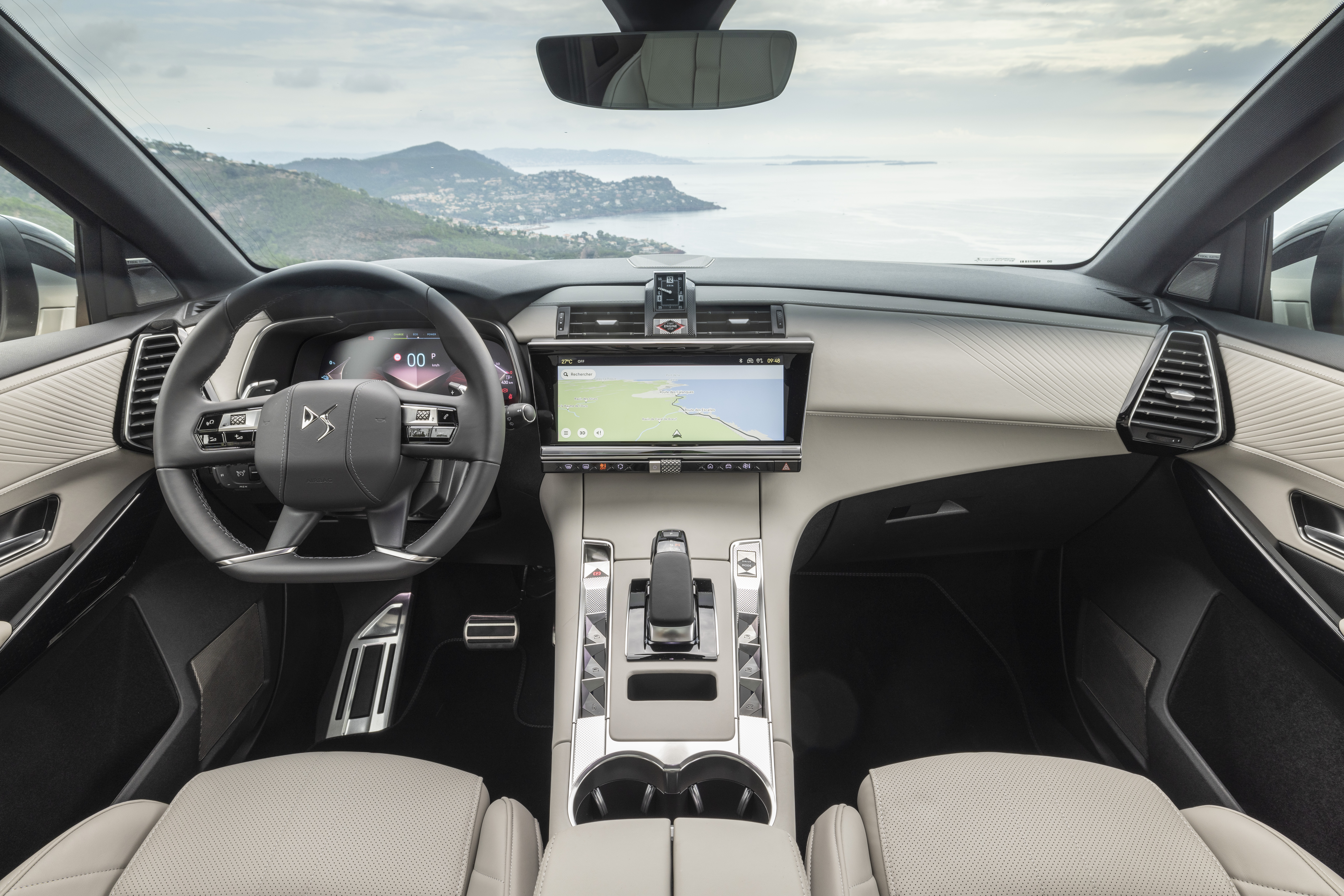
>
There has always been a left-field approach to cabin design in DS vehicles and the same can be said of the new DS 7. Some of it is good; the new dials are pleasant to look at while the newly-designed leather is smart too. But some of it feels like design for design’s sake, with the centrally-mounted window switches being both awkwardly placed and styled so it’s not immediately obvious as to what they do.
Rear-seat space is good, though headroom might prove a little tight for taller passengers. And, in a break from the norm, the plug-in hybrid DS 7 suffers no luggage space penalty over its diesel-powered stablemate – it just loses the option of a spare wheel. The boot itself is square and easy to access, too, while there’s a handy underfloor section for storing the charging cables.
What’s the spec like?
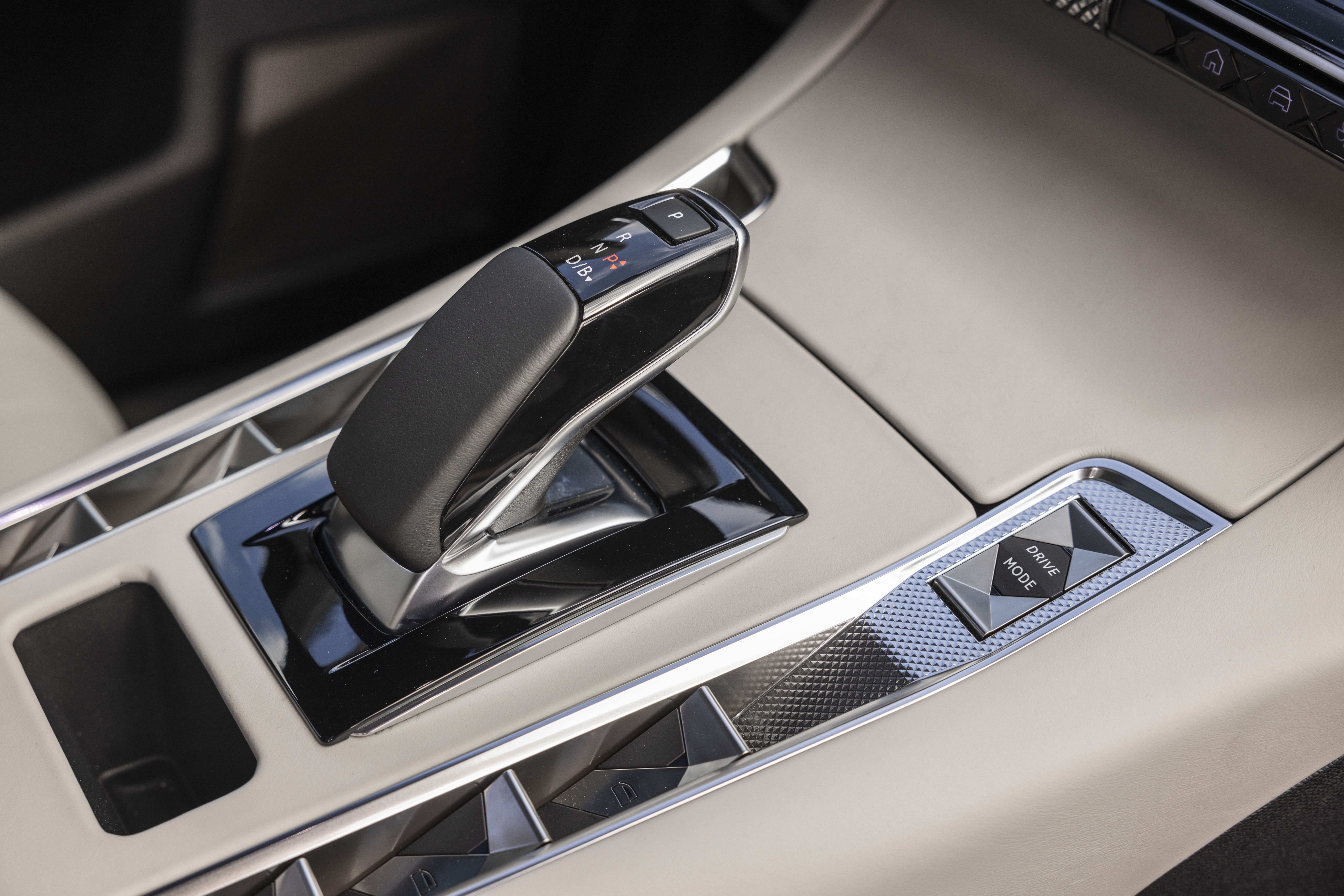
>
Our test car came in mid-level Opera spec and was accompanied by a £51,540 price tag, which is a lot by anyone’s standards. However, the DS 7 plug-in hybrid will undoubtedly appeal to business users who will appreciate its low CO2. There is, on top of this, plenty of standard equipment including an electronic panoramic sunroof, ventilated front seats and a wireless smartphone charging pad.
All cars now get a 12-inch central touchscreen, which is pleasantly designed and has really sharp graphics. It’s quick, too, with great responsiveness to inputs. Both Apple CarPlay and Android Auto are included as standard, too, and can be activated without the need for a USB connection which definitely makes them a whole lot simpler and more intuitive to use.
Verdict
The DS 7 doesn’t break a whole lot of new ground for the SUV segment. However, that needn’t be a reason to rule this eye-catching looking car out, as it still performs well in terms of outright comfort and refinement. The upgrades that have been made to this latest version definitely sweeten the deal, with the DS 7’s infotainment and technology offerings being some of the best.
For private owners, the DS 7’s high list price may be a little too much to stomach. But it’ll be business users who will naturally be drawn to this hybrid SUV, with its low CO2 figures and generous equipment being key to its appeal.

